Video feedback and 2-dimensional landing kinematics in elite female handball players
(Video-Feedback und zweidimensionale Landekinematik bei Elite-Handballspielerinnen)
Context: In team handball, an anterior cruciate ligament injury often occurs during landing after a jump shot. Many intervention programs try to reduce the injury rate by instructing athletes to land more safely. Video is an effective way to provide feedback, but little is known about its influence on landing technique in sport-specific situations.
Objective: To test the effectiveness of a video-overlay feedback method on landing technique in elite handball players.
Design: Controlled laboratory study.
Setting: Laboratory.
Patients or Other Participants: A total of 16 elite female handball players assigned to a control group (n = 8; age = 17.61 ± 1.34 years, height = 1.73 ± 0.06 m, mass = 69.55 ± 4.29 kg) or video group (n = 8; age = 17.81 ± 0.86 years, height = 1.71 ± 0.03 m, mass = 64.28 ± 6.29 kg).
Intervention(s): Both groups performed jump shots in a pretest, 2 training sessions, and a posttest. The video group received video feedback of an expert model with an overlay of their own jump shots in training sessions 1 and 2, whereas the control group did not.
Main Outcome Measure(s): We measured ankle, knee, and hip angles in the sagittal plane at initial contact and peak flexion; range of motion; and Landing Error Scoring System (LESS) scores. One 2 × 4 repeated-measures analysis of variance was conducted to analyze the group, time, and interaction effects of all kinematic outcome measures and the LESS score.
Results: The video group improved knee and hip flexion at initial contact and peak flexion and range of motion. In addition, the group's average peak ankle flexion (12.0° at pretest to 21.8° at posttest) and LESS score (8.1 pretest to 4.0 posttest) improved. When we considered performance variables, no differences between groups were found in shot accuracy or vertical jump height, whereas horizontal jump distance in the video group increased over time.
Conclusions: Overlay visual feedback is an effective method for improving landing kinematics during a sport-specific jump shot. Further research is warranted to determine the long-term effects and transfer to training and game situations.
© Copyright 2017 Journal of Athletic Training. National Athletic Trainers' Association. Alle Rechte vorbehalten.
| Schlagworte: | Video Feedback Biomechanik Landung weiblich Handball Prävention motorisches Lernen Kreuzband |
|---|---|
| Notationen: | Naturwissenschaften und Technik Spielsportarten |
| DOI: | 10.4085/1062-6050-52.10.11 |
| Veröffentlicht in: | Journal of Athletic Training |
| Veröffentlicht: |
2017
|
| Jahrgang: | 52 |
| Heft: | 11 |
| Seiten: | 993-1001 |
| Dokumentenarten: | Artikel |
| Sprache: | Englisch |
| Level: | hoch |
